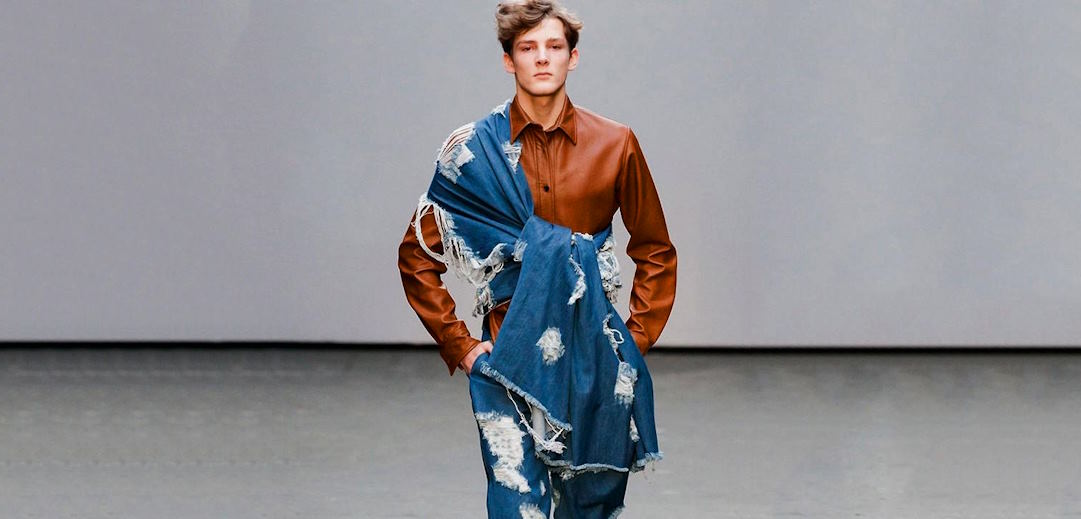The allure of unconventional design techniques has captivated the industry, ushering in an era of unbridled creativity and innovation. From garments crafted out of unexpected materials to asymmetrical silhouettes that defy traditional proportions, fashion designers are breaking free from the shackles of conformity.
Exploring Unconventional Materials and Textures
Use of Unexpected Materials in Clothing
The realm of fashion is no longer confined to the conventional fabrics we’ve come to expect. Designers are venturing beyond the familiar, incorporating a diverse range of materials to redefine the very essence of clothing. Imagine garments crafted from delicate paper, transparent plastic, or textiles that defy categorization. These audacious choices create a visual and tactile symphony that challenges preconceived notions of what clothing should be. Such innovative material choices not only reshape our understanding of fashion but also advocate for sustainability by prompting us to reconsider the possibilities of repurposed materials.
Play with Textures and Contrasts
Fashion is a multi-sensory experience, and nowhere is this more evident than in the interplay of textures and contrasts. Designers are weaving narratives through tactile exploration, uniting seemingly disparate textures into harmonious compositions. The juxtaposition of rough and smooth, coarse and soft, creates a dynamic visual dialogue that invites us to touch, feel, and engage with fashion on a deeper level. Imagine the excitement of running your fingers over a garment that marries the coolness of metal with the warmth of velvet. This deliberate fusion of textures blurs the lines between aesthetics and sensory perception, transforming each piece into an art form that tantalizes the senses.
 Embracing Asymmetry and Nonconformity
Embracing Asymmetry and Nonconformity
Departure from Symmetrical Design Norms
In a world where balance and symmetry often take center stage, fashion designers are purposefully deviating from the established norms, celebrating the beauty of imperfection and asymmetry. The rigid boundaries of yesteryears are being replaced by dynamic designs that embrace uneven hemlines, juxtaposed patterns, and daring asymmetrical cuts. These intentional irregularities inject a sense of spontaneity and vitality into garments, challenging the predictable and infusing an element of surprise.
Conveying Uniqueness and Individuality
The allure of asymmetry lies not only in its aesthetic intrigue but also in its ability to communicate individuality. Asymmetrical fashion goes beyond mere trends; it’s a declaration of nonconformity, a refusal to be confined by the constraints of sameness. Each piece tells a story of the wearer’s distinctiveness and celebrates the authenticity that comes from embracing one’s own idiosyncrasies. This departure from the symmetrical norm is a powerful statement that extends beyond fashion—it’s a rallying cry for embracing diversity and celebrating the beauty of our differences.
 Distorted Proportions: A Play on Silhouettes
Distorted Proportions: A Play on Silhouettes
Manipulating Proportions to Create Visual Interest
The canvas of fashion is expanding as designers play with proportions, distorting traditional silhouettes to craft garments that challenge our visual sensibilities. Through a skillful juxtaposition of oversized and undersized elements, fashion’s avant-garde is breaking free from the confines of predictability. The deliberate imbalance created by these contrasting dimensions adds an element of intrigue and captivates the eye, inviting us to explore each piece from new angles and perspectives.
Challenging Conventional Body Shape Expectations
In a world that has long propagated standardized beauty ideals, the manipulation of proportions in fashion serves as a powerful disruptor. These creative experiments challenge the preconceived notions of how clothing should drape the body, celebrating the diversity of human forms. The rigid mold of conventional body shape expectations is shattered as designers embrace exaggerated forms, ultimately reminding us that beauty knows no bounds and that fashion is a realm of self-expression, not confinement.

